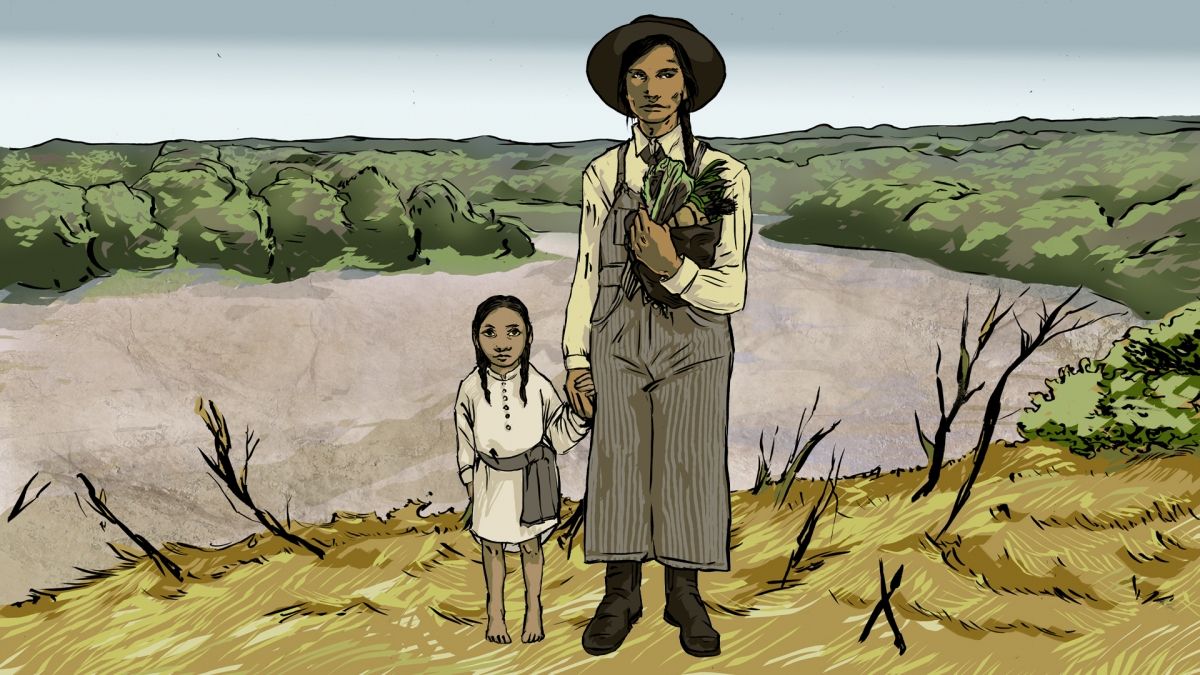Gen Xers and old Millennials rejoice—your favourite retro computer game is getting a post-colonial reboot. Oregon Trail—an iconic 2D point-and-click adventure game that follows a white settler family's mid-19th century migration from Missouri to the West Coast as they barter for food, shoot buffalo and (more often than not) die from dysentery—has been adapted by the Anishinaabe-Métis video game designer Elizabeth LaPensée to foreground a Native American perspective on westward expansion. Set in 1890 rather than 1848, When Rivers Were Trails introduces an Anishinaabeg person trekking from Minnesota to California after being forced from their land.
"The issue I had with Oregon Trail is that it always put Native people in relation to settlers,” says LaPensée, who is also an assistant professor in the Departments of Media & Information and Writing, Rhetoric & American Cultures at Michigan State University. The result was a lopsided, monolithic and largely untrue representation of Indigenous people. "They were either traders, guides, or would circle wagons and attack," she explains.
The game designer worked with 30 Indigenous writers to create around 100 different story scenarios, and collaborated with the Tongva artist and activist Weshoyot Alvitre, who created all but a handful of the game’s illustrations. A far cry from the pixelated pioneers of the original video game, Alvitre's expressive characters have better things to do than wait around to trade textiles with settlers or shoot arrows at them for sport, such as discussing a Native revolt... or just the latest romantic intrigue.
The game won the Adaptation Award at IndieCade 2019, a festival celebrating independent video games and was featured at the Smithsonian American Art Museum’s Annual SAAM Arcade last weekend.


